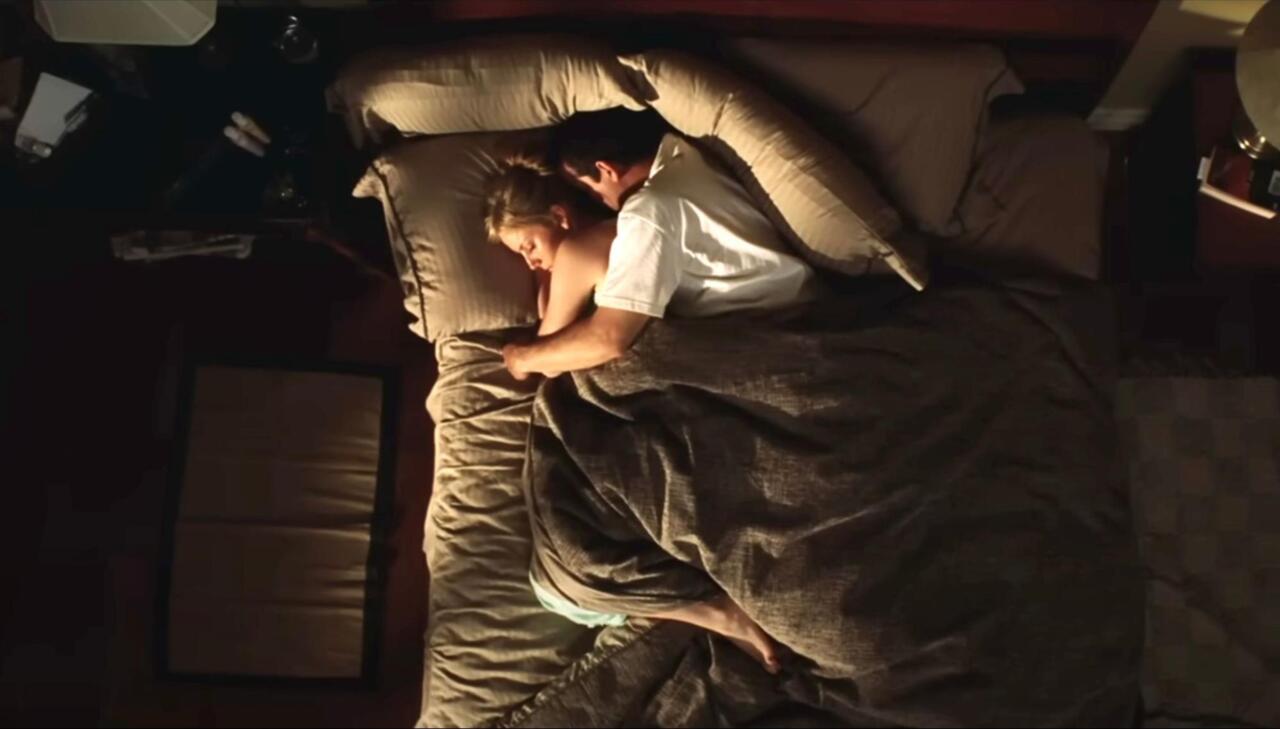Zack Snyder’s Dawn Of The Dead: Greatest Opening
The 2004 remake of Dawn of the Dead, penned by James Gunn and helmed by Zack Snyder (marking his directorial debut!), commemorates its 20th year this week. Back then, the film garnered both critical acclaim and commercial success. Alongside 28 Days Later, it played a pivotal role in popularizing the notion of fast-moving zombies, diverging from the slow, staggering zombies seen in Romero’s works. These sprinting zombies instilled panic and a sense of urgency, setting the stage for an opening sequence that alone justified the ticket price.
Similar to many exceptional horror flicks, Dawn of the Dead doesn’t plunge straight into horror. The central character, Ana, works as a nurse and is concluding a lengthy shift at the hospital. What makes this initial scene remarkable is its ordinariness. The casual conversations and time-killing moments among Ana and her colleagues lack dramatic weight. We, as viewers, are aware that Ana is on the brink of a catastrophic day. However, she remains oblivious to this impending doom. The absence of urgency or tension in her perspective is palpable.

Zack Snyder’s Dawn Of The Dead: A Masterpiece Opening
She is unaware that it will be the final time she lays eyes on her co-worker, the neighborhood girl, or even her husband. The intimate shower scene they share, discreetly captured behind the misty glass, seems routine and mundane.
The neighborhood appears picture-perfect, almost too perfect. The grounds are pristine, the lawns flawlessly manicured, and the colors overly vibrant. This cinematic technique, often used in horror and thriller films, aims to convey a sense of deception. In “Blue Velvet,” David Lynch employed a similar visual style to expose the underlying decay and malevolence within Lumberton.
Ana’s meticulously curated life serves as a stark reminder of how swiftly and irreversibly circumstances can deteriorate. There are no warnings; disaster strikes suddenly, allowing no time for farewells or closure. Survival becomes the sole focus in the face of chaos.
Subtle cues hint at the unfolding catastrophe. A patient at Ana’s hospital exhibits signs of a zombie transformation. Emergency broadcasts on the radio and television offer cryptic warnings, though the characters remain oblivious. This narrative element pays homage to the classic “Night of the Living Dead,” where news of the zombie outbreak spreads through radio broadcasts.
Chaos erupts not under the cover of darkness, as expected in typical horror scenarios, but in the early hours of the morning. The gruesome reality of a violent attack before breakfast adds a chilling dimension to the unfolding events.
The sudden turn of events sees the neighborhood girl fatally injure Ana’s husband, prompting Ana to switch into professional mode as she attempts to save him. Despite her efforts, his reanimated corpse launches a vicious assault on her.
Through visual storytelling, crucial themes emerge. The rules of this zombie-infested world become apparent: one gets bitten, dies, and returns as a threat. Ana grapples with the realization that her medical training has limited practicality in this dire situation, emphasizing the need to detach from emotional ties and prioritize survival.
As Ana navigates the deteriorating environment, each encounter reinforces the harsh realities of this new world. Acts of desperation and violence underscore the breakdown of societal norms, where panic and self-preservation reign supreme.
Ana’s swift adaptation to this brutal reality is evident as she makes tough decisions to ensure her survival. Trust becomes a luxury she cannot afford, as every interaction carries the risk of betrayal or hostility.
The narrative takes a dramatic turn as Ana’s struggle culminates in a harrowing car crash, setting the stage for a riveting opening credits sequence.
Accompanied by Johnny Cash’s haunting track “The Man Comes Around,” the opening credits set a tone of impending doom and chaos. Cash’s poignant lyrics, inspired by apocalyptic themes, resonate with the unfolding narrative, creating a sense of foreboding.
The seamless integration of zombie footage and real-life imagery in the opening credits blurs the lines between fiction and reality, highlighting the unsettling notion that the true monsters may be closer than we think.
In retrospect, while some critics, including Romero, questioned the film’s direction, the consensus remains that the film’s initial sequences, from the hospital scene to the captivating opening credits, are a cinematic triumph. They immerse the audience in a whirlwind of suspense and anticipation, grounding a fantastical premise in a chillingly plausible reality.
Experience the unparalleled intensity of Zack Snyder’s “Dawn of the Dead” as it unfolds with a gripping and unforgettable opening sequence.
For more captivating insights into cinematic masterpieces, please visit our site 60time.com. Don’t forget to follow us on social media for the latest updates on your favorite films: Instagram and Facebook.


